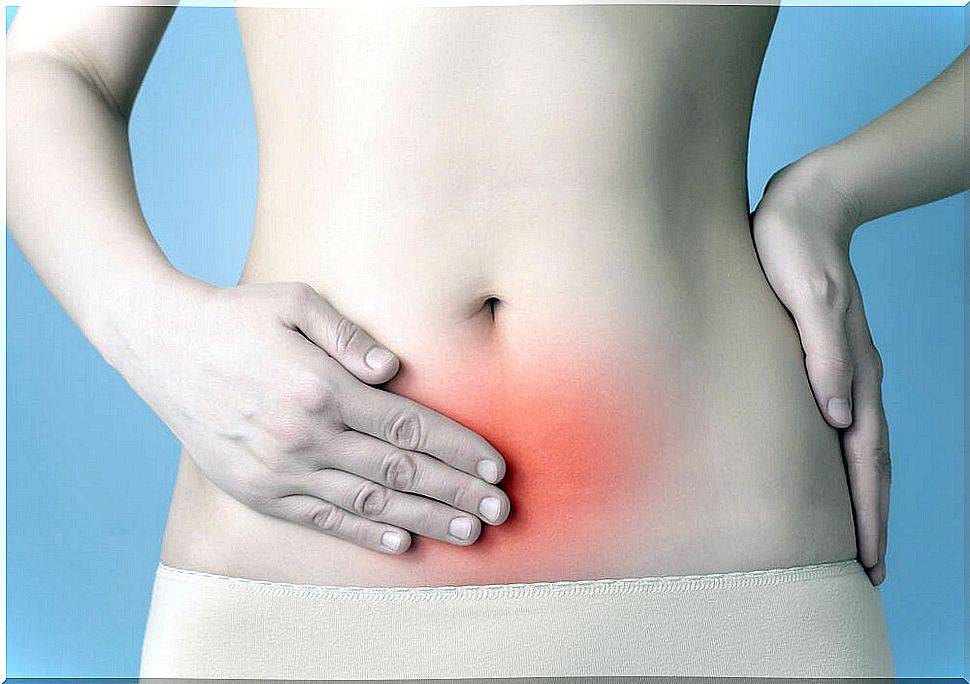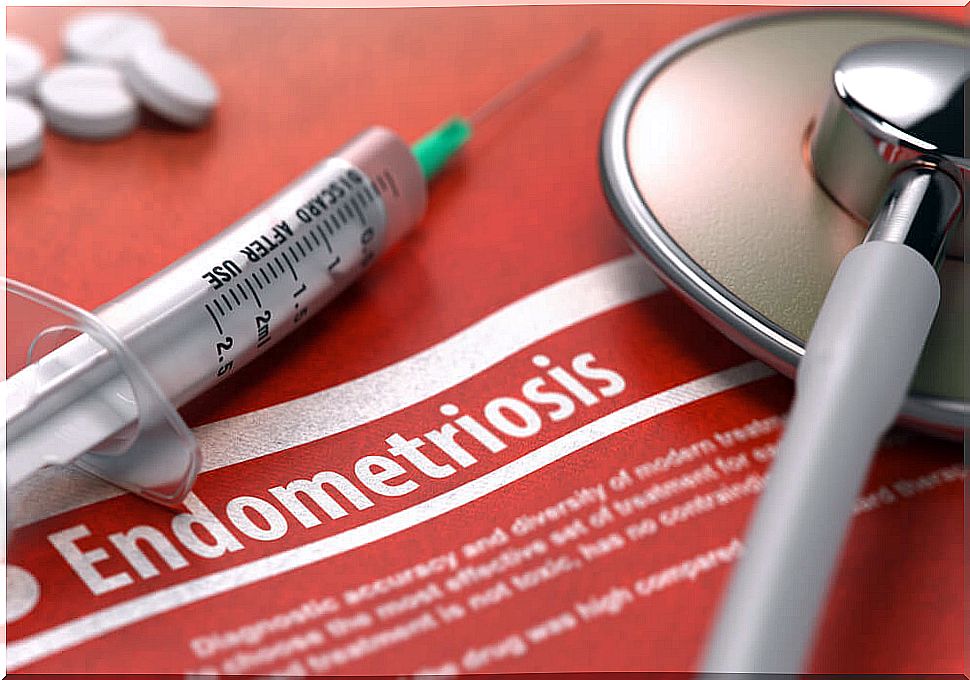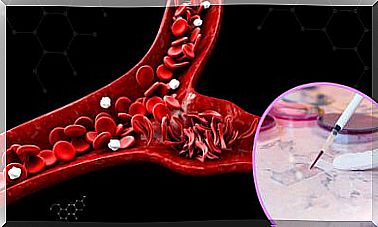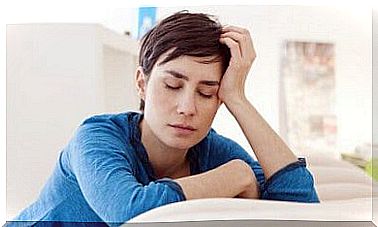Treatment Of Endometriosis
In the treatment of endometriosis, analgesics and non-steroidal anti-inflammatory drugs are mainly used. If necessary, hormonal treatment is used and in serious cases, surgery.
The treatment of endometriosis is palliative, since it is a disease that has no cure. The only thing that can be done is to apply the necessary measures to treat the pain and to overcome the infertility that this evil causes.
Also, it is important to consider that symptoms can return even after applying the appropriate measures.
It should be remembered that endometriosis is a disease in which the endometrium is outside the uterine cavity. This can cause bleeding, pain, and other discomfort.
Another serious consequence, for many women, is that around 40% of patients with endometriosis fail to get pregnant.
To define the best treatment for endometriosis, different variables must be taken into account, such as:
- Age of the patient.
- Degree of the disease according to the symptoms.
- Interest of the patient in having or not having children.
Endometriosis cases with mild symptoms

Pain is one of the most common and annoying symptoms of this disease. This occurs even in cases where the disorder is very mild.
When the situation corresponds to one of these cases, it is advisable to apply the so-called “expectant attitude”. This means that no specific treatment is applied.
The expectant attitude is assumed when minimal or mild endometriosis is suspected and the patient only reports little noticeable symptoms. In these cases, the usual is to prescribe anti-inflammatory or analgesic drugs.
It is generally started with over-the-counter pain relievers, and if stronger medications are required, they are ordered by prescription. Most commonly, non-steroidal anti-inflammatory drugs or NSAIDs are used.
Hormone treatment

Endometriosis treatment is sometimes done with hormones. In many cases this has positive results, with the additional advantage that it can reduce the sensation of pain.
Hormones come in various forms: pills, injections, or nasal spray.
This type of measure seeks to stop the ovaries from producing hormones and, in many cases, they also prevent ovulation.
The main effect is that they slow the growth of the endometrium and endometrial lesions. It also stops the appearance of more areas of endometriosis and scars, but does not heal the existing ones.
The main treatments for endometriosis with hormones are :
- Birth control pills: These types of medications allow menstrual periods to be shorter, more regular, and less abundant. Normally, they also decrease pain.
- Progesterone and progestin: completely eliminate menstrual periods in women. They are given as a pill, injection, or through an intrauterine device.
- GnRH or Gonadotropin Releasing Hormone Agonists: Prevent menstruation, ovulation, and the growth of endometriosis. The woman’s body is left in a menopausal state
- Danazol: this totally or partially eliminates the menstrual period, because it inhibits the release of hormones related to the menstrual cycle.
Surgical treatment

Surgery is the recommended treatment when the symptoms of endometriosis are very severe, or when the disease is very advanced.
Some surgeries can affect fertility and therefore it is important to discuss this option in detail with your doctor.
The surgical procedures used in the treatment of endometriosis are as follows:
Laparoscopy
This procedure is done with a machine called a laparoscope. Only two small cuts are made in the abdomen. It prevents damage to healthy tissues and is indicated for women with moderate endometriosis. Pain often reappears after a while
Laparotomy
In this surgery, endometriotic implants are removed, but sometimes the surgeon may also remove the uterus, ovaries, and / or fallopian tubes. The disease returns in up to 15% of patients
Operation to cut the pelvic nerves
This procedure is recommended when the pain is located in the center of the abdomen. Performed during laparoscopy or laparotomy
Treatments for infertility are usually done after laparoscopy. The results are not conclusive, that is, there is not enough evidence that these measures increase fertility.
If there are no good results, in vitro fertilization is usually recommended . The chances of success are always uncertain.
Of course, consult your doctor for the best treatment and more information on treating endometriosis.









